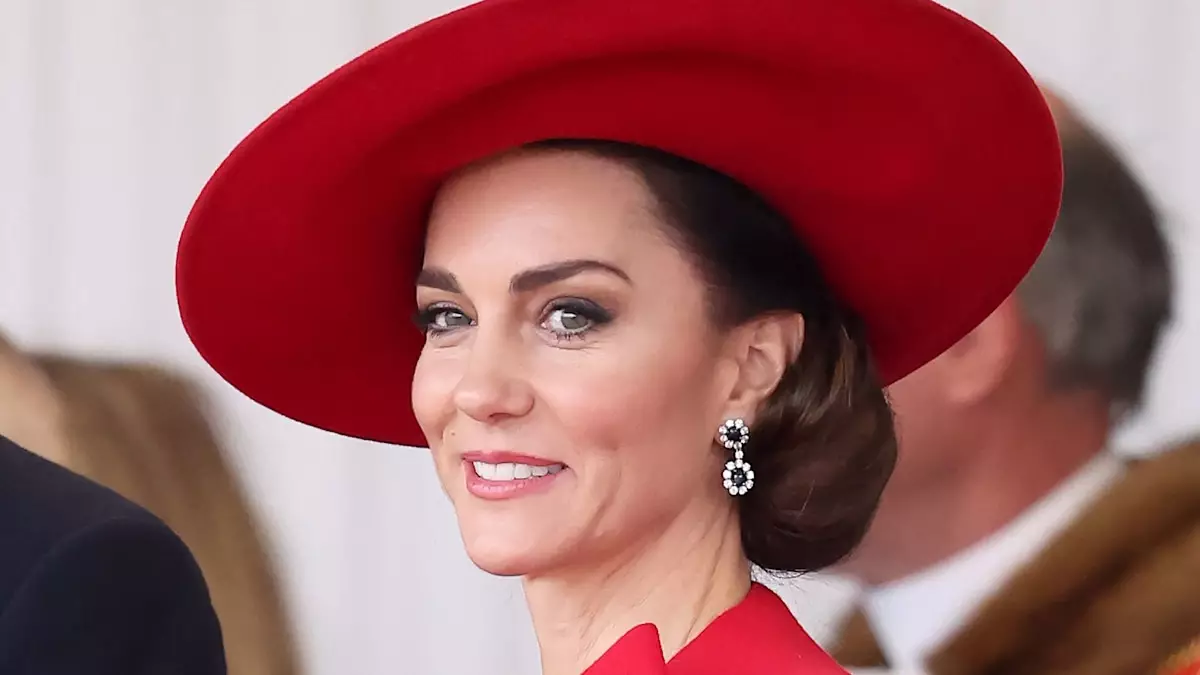When it comes to royal fashion, there is a meticulous code that transcends mere aesthetics; it encapsulates centuries of tradition, symbolism, and societal expectations. The royal ladies, from the glamorous Princess Kate to the spirited Zara Tindall, maneuver through an intricate web of fashion regulations during public appearances, where every fabric, color, and accessory is steeped in meaning. Visitors to royal events are often entranced by the elegance displayed, but behind that grace lies a strict adherence to unspoken and formal rules that dictate their sartorial choices.
To address the nuances of royal fashion etiquette, we consulted with Grant Harrold, former personal butler to the now-King Charles, who spent six years in the service of royal grace. Harrold illuminated the protocols governing attire which are not merely suggestions but deeply entrenched conventions that echo back to the Victorian era. Among the most notable dictates is the requirement for royal women to wear hats during formal engagements, a requirement extending from daybreak to dusk.
The Historical Significance of Headgear
The tradition of hat-wearing by royal women is said to have originated in the 1850s, a time when societal norms frowned upon upper-class women appearing in public without such adornments. Harrold explains, “The guideline was simple but profound: hats could be donned starting at 6 AM and must remain until 6 PM.” Post this time frame, tiaras could replace hats for married women, signifying their status. A single woman without a tiara was considered available—an intriguing nuance in royal presentations that melds personal status with public image.
Interestingly, the scope of this hat-wearing tradition is highly context-sensitive. While the late Queen was a perennial hat wearer, Princess Kate and the Duchess of Cornwall exhibit a more varied approach, opting for hats during key formal occasions yet forgoing them during regular engagements. The decision to don a hat is infused with layers of meaning, where the royal ladies curate their attire with acute awareness of the event’s gravity.
Fascinators and Fashion Faux Pas
However, an unspoken prohibition looms over a trending accessory—the fascinator. According to Harrold, these intricate headpieces are avoided at significant royal events, particularly at Westminster Abbey. The preference for traditional hats during ceremonial occasions underscores a commitment to royal heritage. Even at Ascot—a haven for lively fashion—royal ladies tread cautiously, as they prefer to forgo fascinators that may divert attention from the gravity of their presence.
A delightful twist comes from Princess Beatrice, who often manages to bend these rules with her creatively oversized headbands, which flirt with the line between hat and fascinator. Such choices reflect not just personal style but also an understanding of how to navigate the strictures of royal fashion while still making a statement.
The Symbolism of Color in Royal Attire
Equally significant to the patterns of royal fashion is the choice of color, especially in the context of diplomatic engagements. Princess Kate has been known to opt for bold hues, frequently selecting red for such occasions. This color, rich in history and meaning, symbolizes courage, strength, and resilience—a fitting choice for a woman representing the monarchy on the global stage. As noted by color expert Marina Thomas, this deliberate connection to red perhaps draws inspiration from her late mother-in-law, Princess Diana, who similarly embraced this hue to portray strength.
The implications of color go beyond mere aesthetics; wearing red can project a sense of confidence, making a royal appearance all the more impactful. It echoes historical traditions where warriors adorned themselves with scarlet during battle, asserting an image of fearlessness, a quality that resonates with the royal ethos.
In a world where every detail is scrutinized, the complexities of royal fashion extend beyond what meets the eye. It is a realm where history meets modernity, and where royal ladies manifest their identities while honoring entrenched traditions. Each appearance is a calculated dance of decorum and personal expression, reminding us all of the power that clothing can convey in shaping public perception and societal values.

